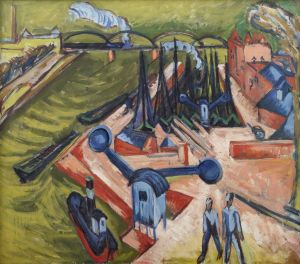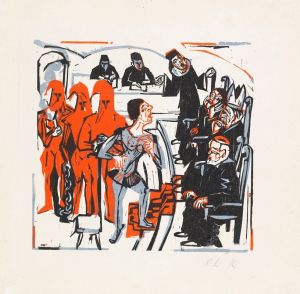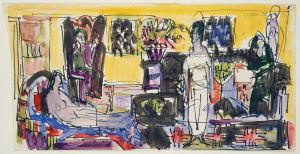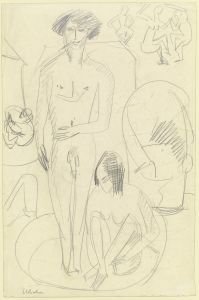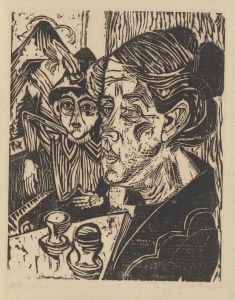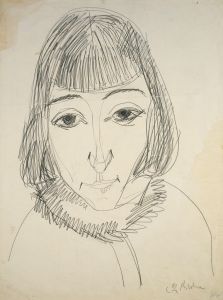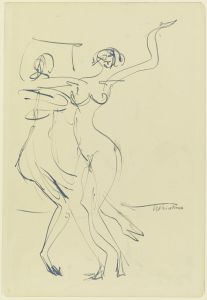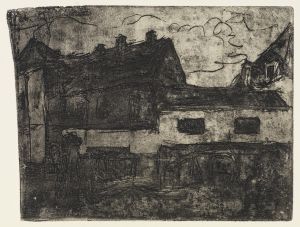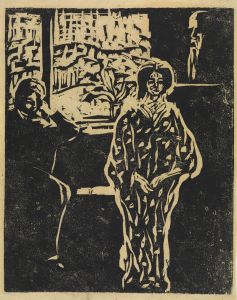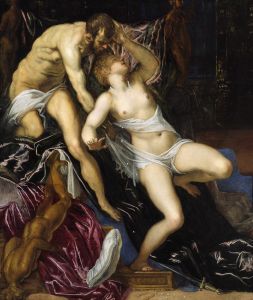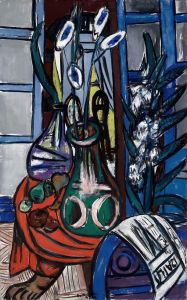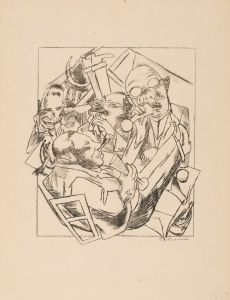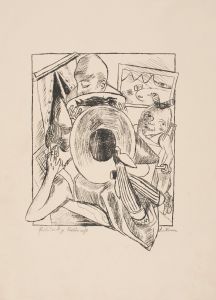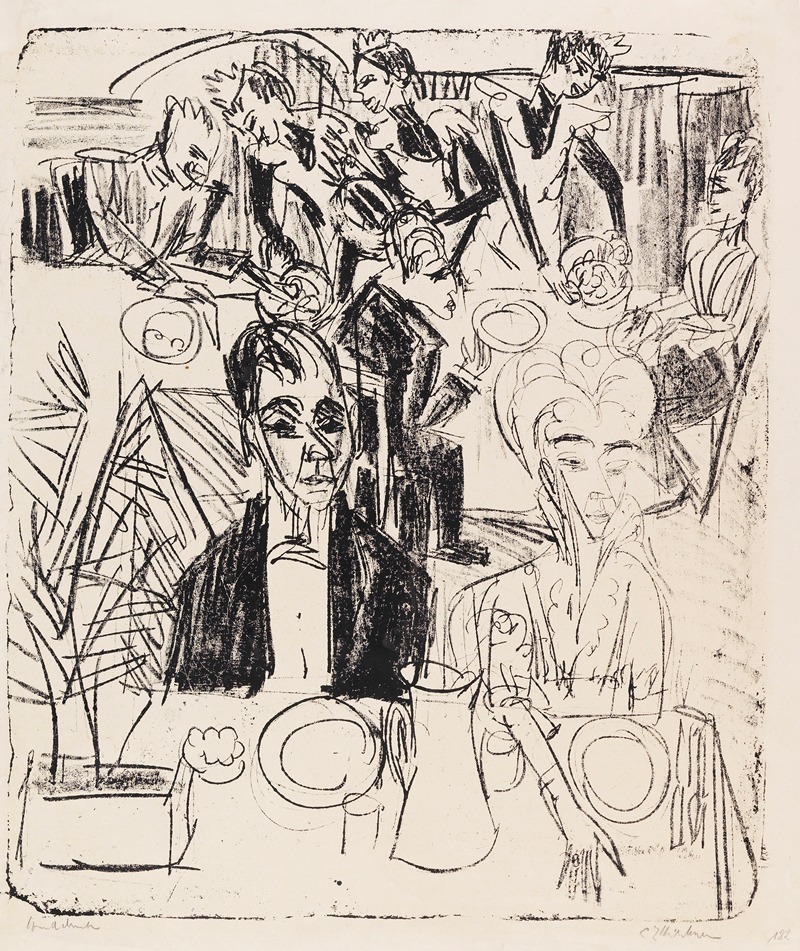
Dinertafel-Sanatorium
A hand-painted replica of Ernst Ludwig Kirchner’s masterpiece Dinertafel-Sanatorium, meticulously crafted by professional artists to capture the true essence of the original. Each piece is created with museum-quality canvas and rare mineral pigments, carefully painted by experienced artists with delicate brushstrokes and rich, layered colors to perfectly recreate the texture of the original artwork. Unlike machine-printed reproductions, this hand-painted version brings the painting to life, infused with the artist’s emotions and skill in every stroke. Whether for personal collection or home decoration, it instantly elevates the artistic atmosphere of any space.
Ernst Ludwig Kirchner, a prominent German expressionist painter, created the artwork "Dinertafel-Sanatorium" during a period marked by both personal and artistic transformation. Kirchner was a founding member of the influential art group Die Brücke, which played a crucial role in the development of Expressionism in the early 20th century. His work is characterized by bold colors, dynamic compositions, and a focus on the emotional and psychological states of his subjects.
"Dinertafel-Sanatorium" is one of Kirchner's notable works that reflects his unique style and thematic concerns. The painting was created during a time when Kirchner was dealing with significant personal challenges, including his mental health. After serving in World War I, Kirchner suffered from a nervous breakdown and was admitted to a sanatorium for treatment. This period of convalescence had a profound impact on his art, as he began to explore themes of isolation, anxiety, and the human condition more deeply.
The painting depicts a scene within a sanatorium, capturing the atmosphere and mood of such an environment. Kirchner's use of color and form in "Dinertafel-Sanatorium" is typical of his expressionist style, employing vivid hues and exaggerated shapes to convey the emotional intensity of the scene. The figures in the painting are rendered with a sense of distortion and abstraction, reflecting the inner turmoil and psychological complexity that Kirchner sought to express.
Kirchner's work often included elements of his personal experiences and surroundings, and "Dinertafel-Sanatorium" is no exception. The painting can be seen as a reflection of his own experiences in the sanatorium, offering insight into his state of mind during this challenging period. The composition and subject matter suggest a sense of detachment and introspection, themes that are recurrent in Kirchner's work from this time.
Throughout his career, Kirchner was influenced by various artistic movements and styles, including Impressionism, Post-Impressionism, and African and Oceanic art. These influences are evident in his approach to form and color, as well as his interest in exploring the human psyche. "Dinertafel-Sanatorium" exemplifies Kirchner's ability to blend these influences into a cohesive and powerful expression of emotion and experience.
Kirchner's contributions to the art world extend beyond his paintings. He was also involved in printmaking, sculpture, and writing, and his work has had a lasting impact on the development of modern art. Despite facing numerous personal and professional challenges, Kirchner remained a dedicated and innovative artist throughout his life.
"Dinertafel-Sanatorium" is a testament to Kirchner's skill as an expressionist painter and his ability to convey complex emotional and psychological states through his art. The painting remains an important part of his oeuvre, offering viewers a glimpse into the mind of one of the 20th century's most influential artists.





